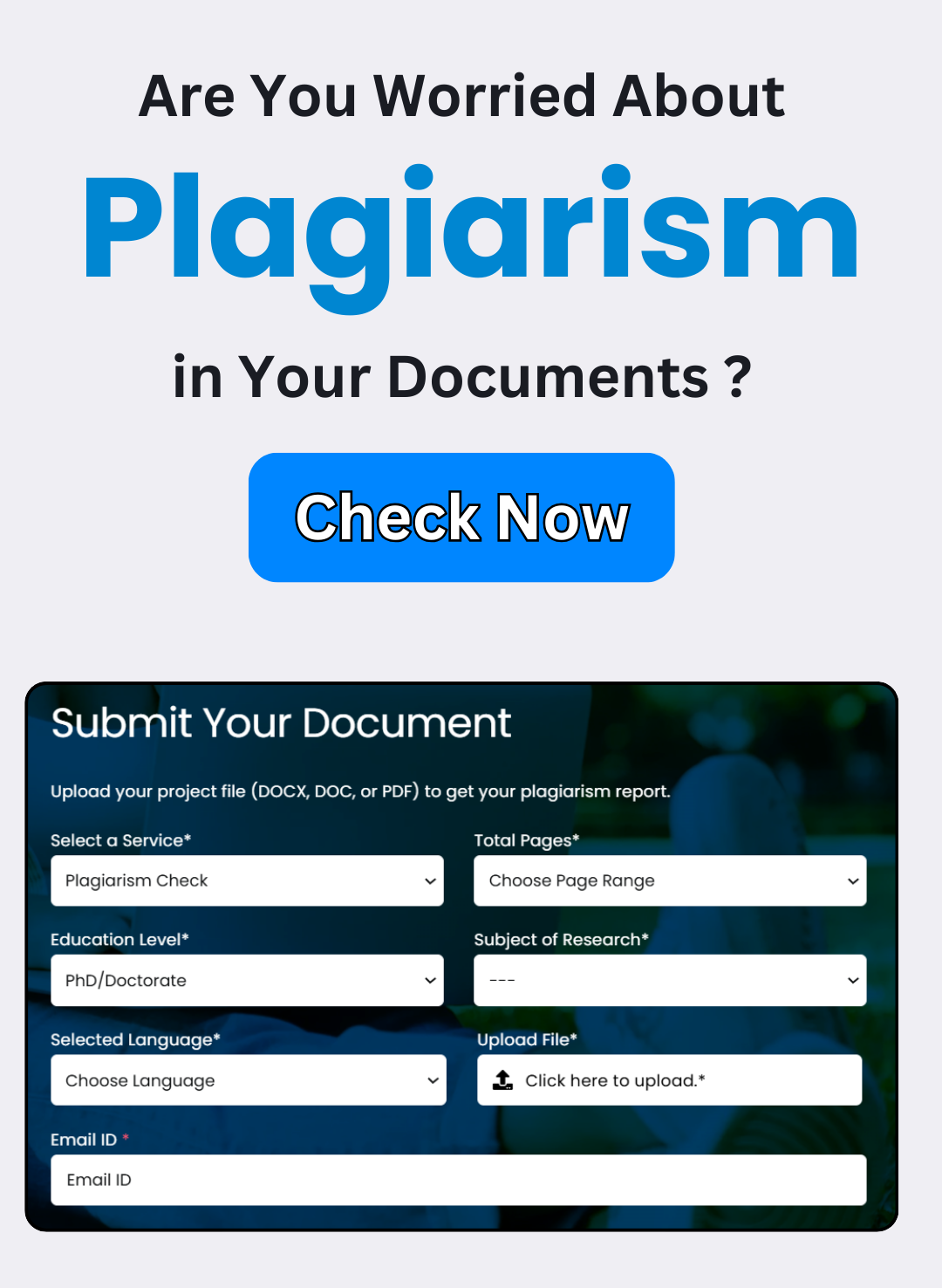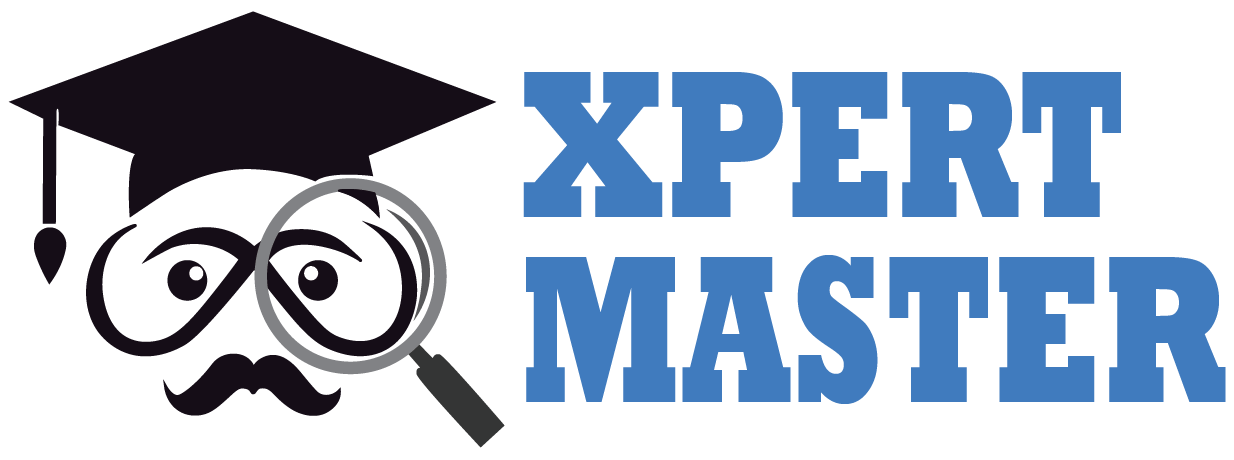How to Conduct a Literature Review: A Simple Step-by-Step Guide
A Step-by-Step Guide to Conducting a Literature Review
A literature review is a crucial part of any research project. It helps you understand what has already been researched in your field, highlights knowledge gaps, and sets the stage for your own work. Whether you’re new to the process or need a refresher, this step-by-step guide will walk you through how to conduct a thorough literature review.
Step 1: Define Your Research Question
The first step in any literature review is to clearly define your research question. This question will act as your roadmap throughout the review process, ensuring that you stay focused and organized. Your research question should be specific, addressing a particular problem or area of interest. Having a clear question will help you decide which sources to include and keep your review relevant.
Why It Matters:
- A focused research question narrows down your search and prevents you from wasting time on irrelevant sources.
- It helps you evaluate whether the literature you find is directly related to your topic.
Step 2: Identify Relevant Sources
Once you have your research question, the next step is to identify the sources that will inform your review. These sources can include primary research articles, books, conference proceedings, and theses. The goal is to gather a wide range of perspectives that will help you fully understand the topic.
How to Find Sources:
- Search Online Databases: Use academic databases like Google Scholar, PubMed, or JSTOR to find peer-reviewed articles.
- Check References: Look through the reference lists of the papers you find. This often leads to more relevant sources.
- Ask Experts: Reach out to professors, colleagues, or researchers who specialize in the field for recommendations.
Step 3: Read and Critically Evaluate the Literature
After gathering your sources, it’s time to dive in and start reading. But don’t just read passively—it’s crucial to evaluate each source critically. Take notes on the key arguments, evidence, and conclusions. Also, consider the quality of each study—look at the methodology, sample size, and how well the conclusions are supported by the data.
Key Points to Consider:
- Research Quality: How reliable is the study? Are the methods sound?
- Relevance: Does this source directly address your research question or theme?
- Contradictions: Are there conflicting findings across sources that need to be addressed?
Step 4: Organize and Synthesize the Literature
Now that you have your notes, it’s time to organize and synthesize the information. Group the sources by themes or topics, summarizing the key findings from each. As you synthesize the literature, look for patterns, similarities, and differences between studies. This will help you identify gaps in the current research and areas where your own work can make a contribution.
Tips for Organizing:
- Group by Themes: Sort studies by common themes, methods, or findings.
- Highlight Gaps: Pay attention to areas where research is lacking or findings are inconsistent.
- Create a Summary: Write a brief summary for each theme, capturing the key points from the sources.
Step 5: Write the Literature Review
The final step is to write the literature review itself. Start by introducing your research question and explaining why it’s important. Then, summarize the key findings from the literature, critically analyze them, and identify any gaps that your research can fill. Make sure the review is logically organized, flowing from one point to the next, and that your arguments are clear.
Structure of the Review:
- Introduction: Define the research question and explain its significance.
- Main Body: Summarize and analyze the literature, grouped by themes.
- Conclusion: Identify gaps in the current knowledge and explain how your research will address them.
Conclusion
Conducting a literature review is a vital part of the research process. By following these steps, you’ll be able to create a comprehensive, well-organized review that serves as a solid foundation for your research. Remember, the literature review is an ongoing process. As you progress with your research, you may need to revisit earlier steps—particularly identifying and evaluating sources—to ensure your review is as thorough as possible. And always be sure to track your sources and cite them correctly to avoid plagiarism.
By following this step-by-step guide, you’ll be well on your way to writing an effective literature review that sets the stage for your own research project.
How Much Turnitin Plagiarism Is Accepted for Publishing a Book?
Introduction:
When it comes to publishing a […]
How to Submit Your Thesis Without Plagiarism: Our Turnitin Report Service in India
Introduction
Writing a thesis is one of […]
Why Turnitin Plagiarism Check is Essential for International Research Collaboration
Introduction
International research collaborations are becoming increasingly […]
How to Improve Your Turnitin Report Score for Research Papers in India
Introduction
For students and researchers in India, […]
The Role of Turnitin in Academic Research and Publication in India
Introduction
Academic research and publication are central […]
Is Your Thesis Plagiarism-Free? How Turnitin Reports Can Help Indian Students
Introduction
Writing a thesis is a monumental […]


